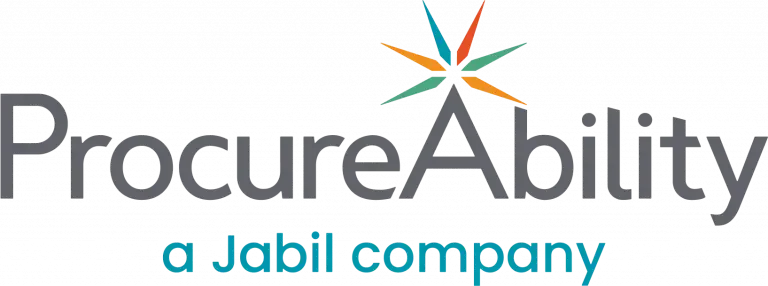
Supplier diversity refers to the intentional inclusion of businesses owned by underrepresented groups in an organization’s supply base. These suppliers may include minority-owned businesses, women-owned enterprises, veteran-owned firms, LGBTQ-owned businesses, and companies certified by local or state agencies, such as the California Public Utilities Commission. While formal certification isn’t always required, large corporations often prefer documentation to ensure authenticity and reduce fraud risk.
Why Supplier Diversity Benefits Your Procurement Strategy
A diverse supplier base brings strategic and operational advantages to procurement functions. It fosters stronger market competition, creates new sourcing options, and enhances supply chain agility. By engaging diverse suppliers, organizations can:
- Meet stakeholder and customer expectations around equity and inclusion
- Expand access to innovative solutions and niche capabilities
- Promote community development through local economic support
- Improve brand reputation and supplier relationships
- Increase employee engagement and retention by aligning with company values
The Growing Importance of Supplier Diversity
Supplier diversity has evolved from a compliance initiative into a strategic procurement priority. As consumers and investors demand greater supply chain transparency, companies are now expected to disclose how they source goods and services. Technologies like blockchain have improved traceability, allowing organizations to provide verified sourcing information and reduce reputational risk.
In addition, sourcing from local diverse suppliers helps reinvest in the community and supports job creation. Research by The Hackett Group found that companies allocating 20% or more of their spend to diverse suppliers can attribute up to 15% of their annual revenue growth to supplier diversity programs.
Today, leading organizations rely on responsible sourcing practices and ESG in procurement reporting to strengthen stakeholder trust.
Setting Realistic Supplier Diversity Goals
Supplier diversity metrics vary from industry to industry. Many companies strive for 8-12% of spend with diverse suppliers while other industries such as utilities can be as high as as 45%. The government has also been a big proponent of diverse spend with target rates between 20-30%. Government agencies often aim for 20% to 30% diverse spend, setting an example for private sector initiatives.
To ensure success, organizations should align their supplier diversity goals with broader procurement KPIs and category strategies. Integration with sourcing events and SRM (supplier relationship management) processes helps embed diversity into core procurement activities.
Tracking and Reporting Progress
Once goals are in place, consistent tracking and reporting are essential. Leading companies like Walmart include supplier diversity metrics in their annual ESG or Global Responsibility reports. Transparent reporting builds trust with customers, stakeholders, and investors and is quickly becoming an expectation. As the demand for accountability increases, Tier 2 supplier diversity (spend tracked through prime suppliers) will likely become the next frontier. Developing strong Tier 2 supplier diversity reporting frameworks helps organizations demonstrate leadership in spend management optimization and meet future reporting requirements.
Advancing Supplier Diversity Through Strategic Action
Supplier diversity a strategic lever for procurement teams to drive value, equity, and resilience. As consumer expectations, investor scrutiny, and community impact continue to shape business priorities, setting clear goals and tracking diverse spend becomes essential. Whether your organization is just starting or looking to expand an established program, supplier diversity should be integrated into core procurement practices to strengthen the supply base, improve brand reputation, and support long-term growth.
Get in touch with ProcureAbility today to strengthen your supplier diversity strategy and drive procurement transformation.



